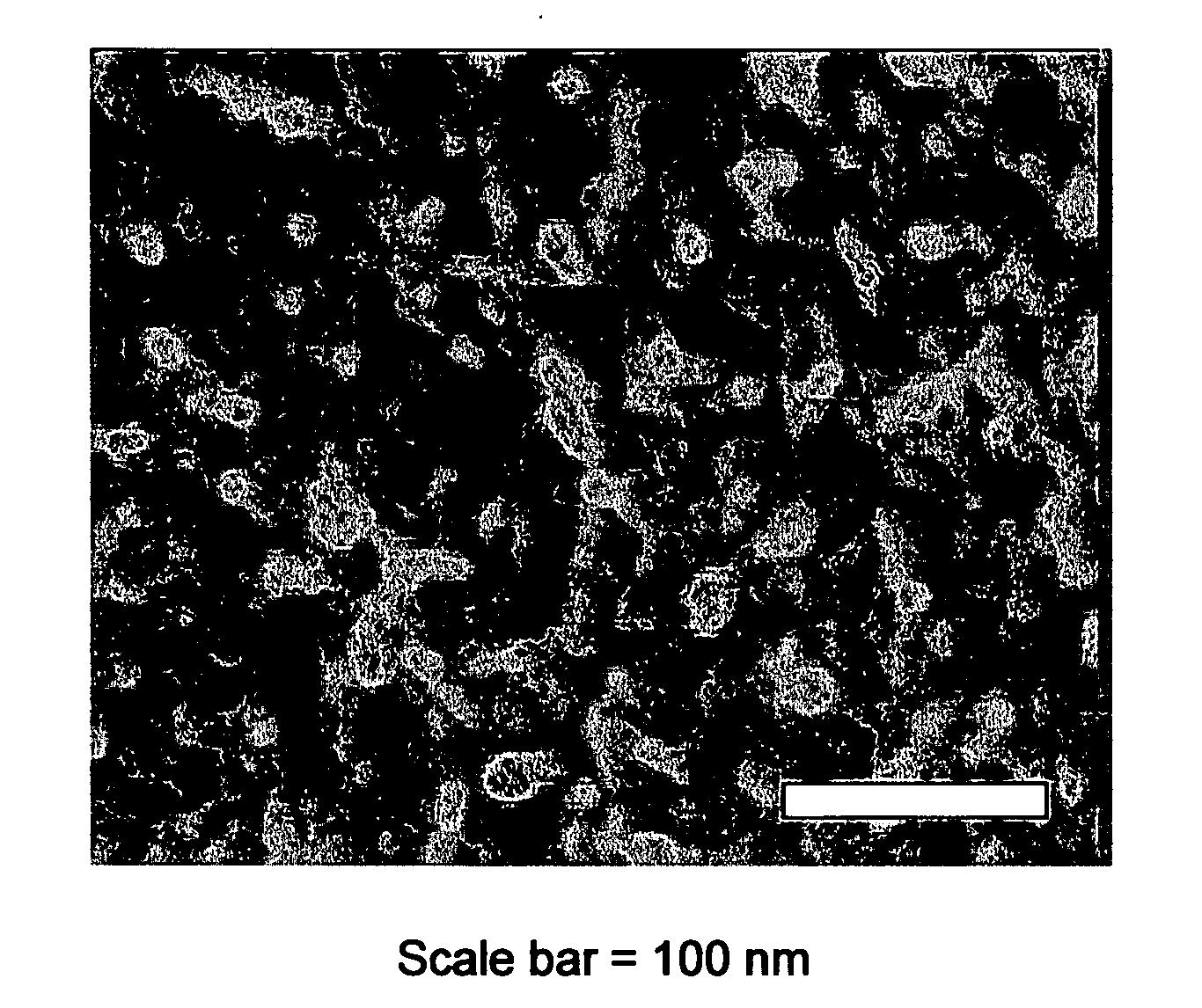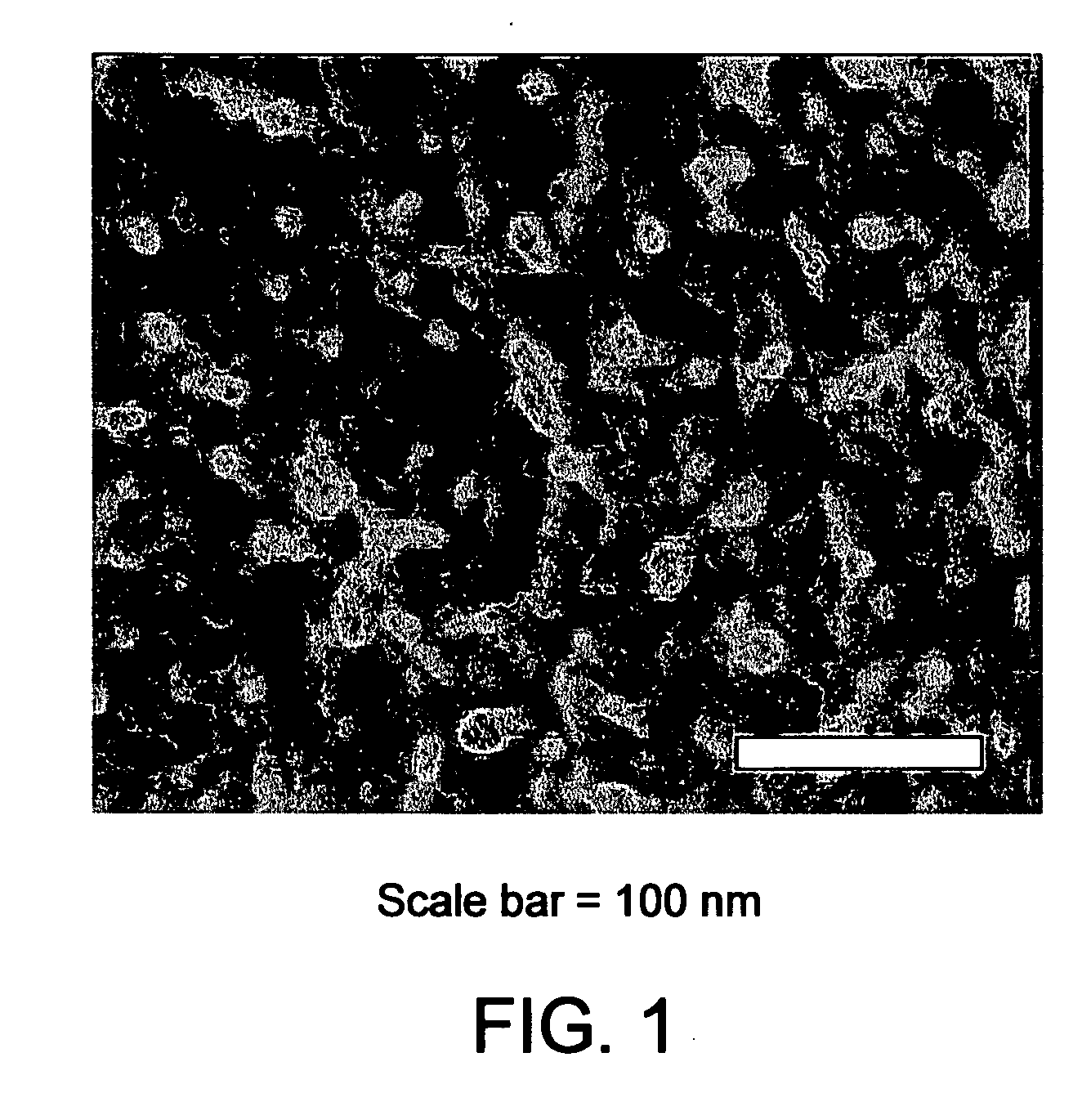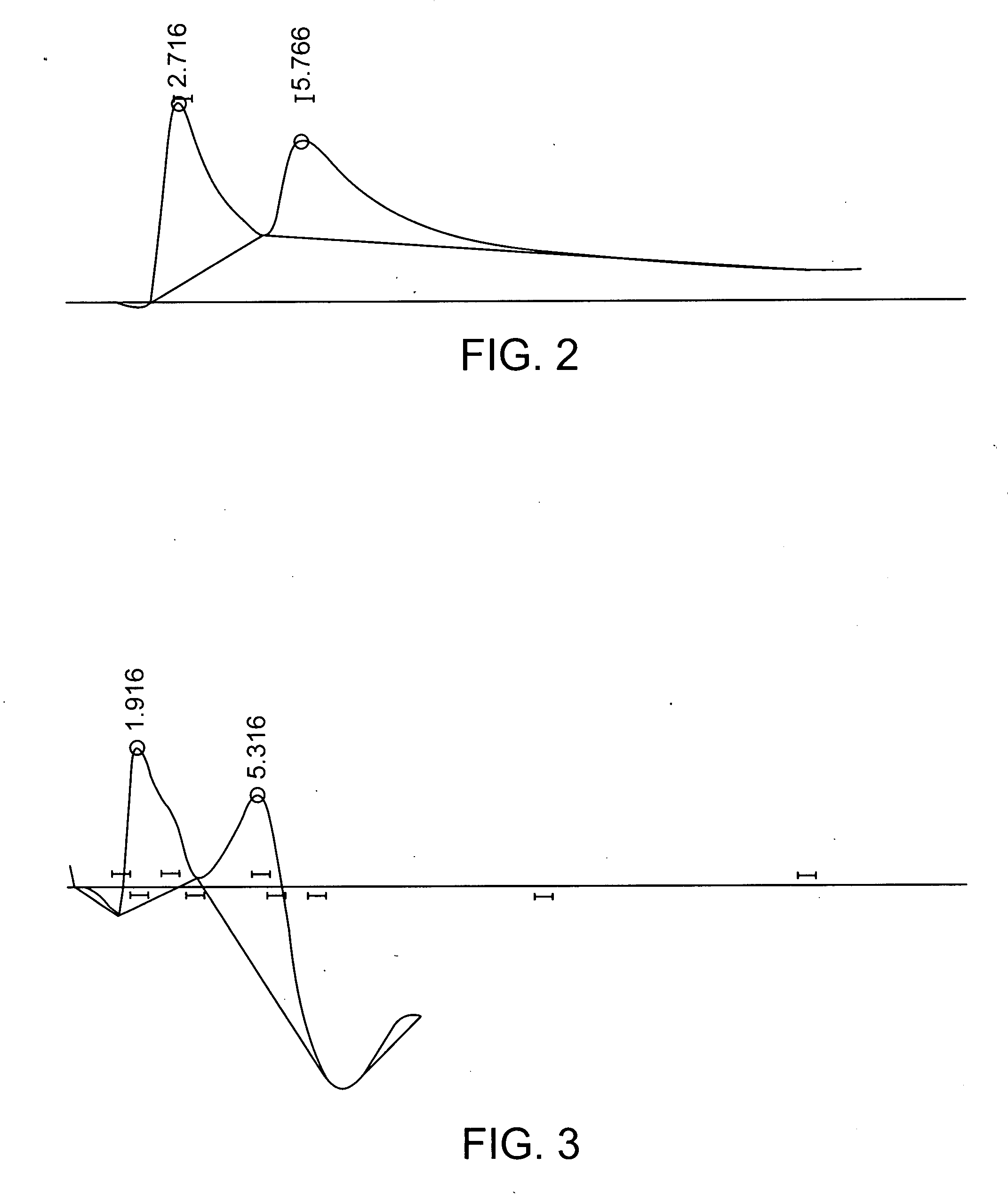Production of chiral materials using crystallization inhibitors
a technology of crystallization inhibitors and chiral materials, applied in the field of chiral materials, can solve the problems of no one method is generally applicable, difficult matching of catalysts and target molecules, and present scalability challenges
- Summary
- Abstract
- Description
- Claims
- Application Information
AI Technical Summary
Benefits of technology
Problems solved by technology
Method used
Image
Examples
example 1
Preparation of Chiral Material with Dialysis
[0114] Washing Raw Material
[0115] 3500 ml tap water with 0.022 M Na2CO3 and 8 g sodium dodecyl sulfate was heated until boiling. 100 g silkworm cocoons were added, and the base solution temperature was controlled between 95° C. and 100° C. for 45 minutes. Using tap water, sericin was washed from the silkworm cocoons until the pH was 7. The sericin-free silkworm cocoons were dried by spinning and placement in a hood at room temperature. After two days, the dried sericin-free silk was removed from the hood. The weight of silk recovered was about 70% to 73%.
[0116] Sol Generation
[0117] 350 ml of 9.3 M LiBr solution was heated to about 65° C. to 75° C. Silk recovered from washing in the previous step was added slowly, for a total time of about 1 hour, until all of the silk dissolved. Solutions were prepared with between 10% and 40% silk by weight. Temperature during dissolution was not allowed to exceed 75° C., and dissolution time was limi...
example 2
Preparation of Chiral Material Without Dialysis
[0124] Washing Raw Material
[0125] 3500 ml tap water with 0.196 M Na2CO3 was heated until boiling. 100 g silkworm cocoons were added, and the base solution temperature was controlled between 95° C. and 100° C. for 30 minutes. The cocoons were washed in tap water, and then washed again in 1750 ml tap water with 0.098 M Na2CO3, with temperature controlled to 95° C. to 100° C. for 30 minutes. Using tap water, sericin was washed from the cocoons until the pH was 7. The sericin-free cocoons were dried by spinning and placement in a hood at room temperature. After 2 days, the dried sericin-free silk was removed from the hood. The weight of the silk recovered was about 69%.
[0126] Sol Generation
[0127] 103.5 ml of 9.3 M LiBr solution was heated to about 65° C. to 75° C. Silk recovered from the previous washing step was added slowly, for a total time of about 1 hour, until all of the silk was dissolved. The temperature was not allowed to go hi...
example 3
Standard Test for Chiral Selectivity
[0136] The stability of a chiral material was evaluated, and the material was tested for its chiral selectivity against various test samples containing more than one enantiomer. Each test sample was either a racemic mixture or a mixture having less than 100% enantiomeric excess (EE) of one enantiomer.
[0137] First, the stability of the chiral material was determined by measuring the rotation of a clean non-chiral solvent that does not spontaneously rotate light before and after exposure to the material. The material was determined to be stable (no substantial sloughing of chiral molecules or particles from the material into the solvent) if the solvent light rotation was unchanged after exposure to the chiral material.
[0138] After stability testing, the chiral material was tested against racemic DL-lysine as a control. The chiral material was contacted with a racemic DL-lysine solution for 3-10 minutes. The enantiomeric excess of the lysine remai...
PUM
| Property | Measurement | Unit |
|---|---|---|
| Temperature | aaaaa | aaaaa |
| Temperature | aaaaa | aaaaa |
| Temperature | aaaaa | aaaaa |
Abstract
Description
Claims
Application Information
 Login to View More
Login to View More - R&D
- Intellectual Property
- Life Sciences
- Materials
- Tech Scout
- Unparalleled Data Quality
- Higher Quality Content
- 60% Fewer Hallucinations
Browse by: Latest US Patents, China's latest patents, Technical Efficacy Thesaurus, Application Domain, Technology Topic, Popular Technical Reports.
© 2025 PatSnap. All rights reserved.Legal|Privacy policy|Modern Slavery Act Transparency Statement|Sitemap|About US| Contact US: help@patsnap.com



